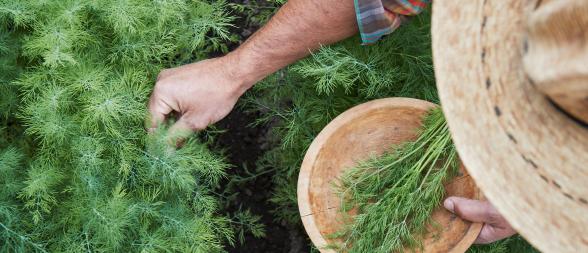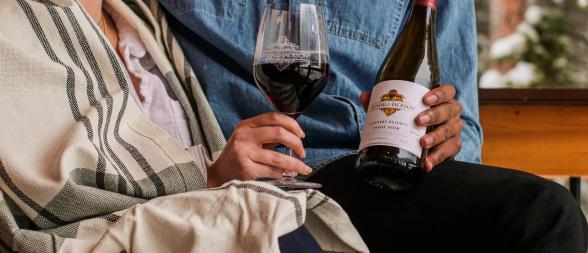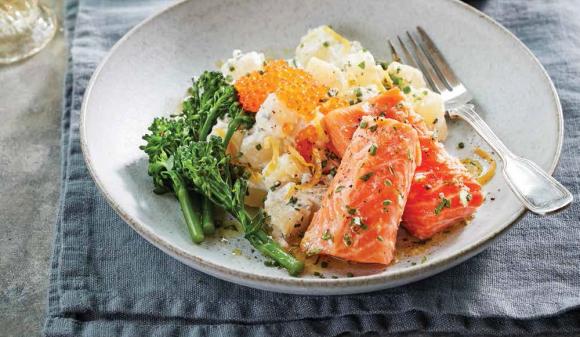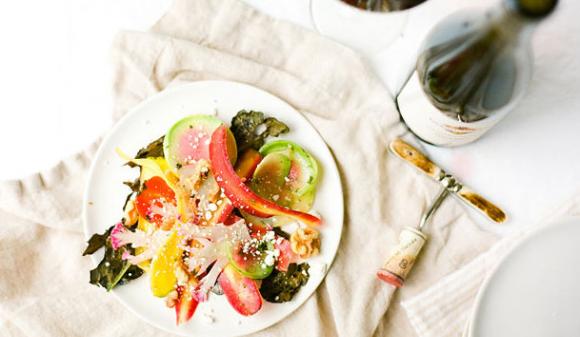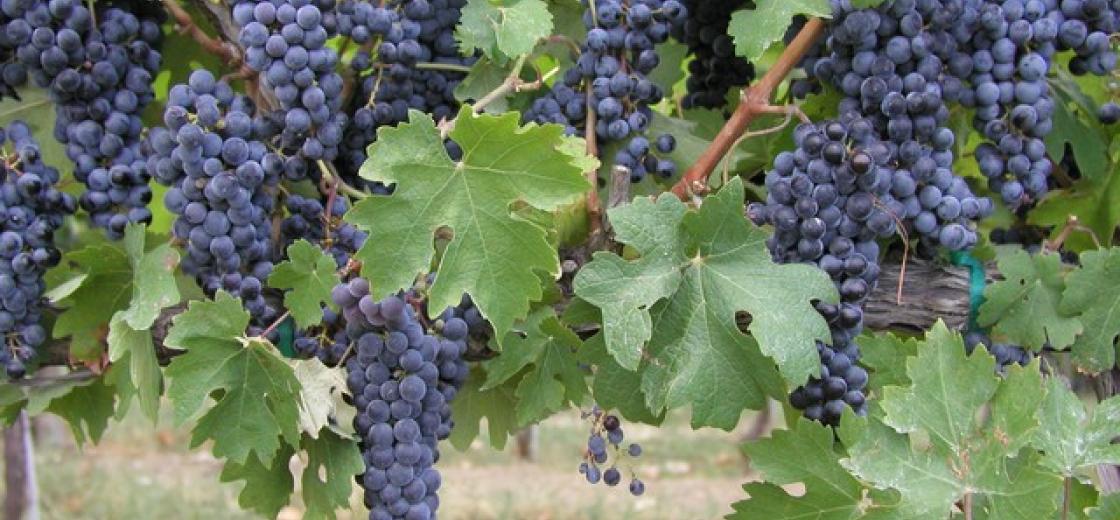
What Makes A Varietal A Varietal?
In the US, the vast majority of wines on the shelves in supermarkets and wine shops bear a varietal label. You have undoubtedly heard of Cabernet Sauvignon, Pinot Noir, Chardonnay, Merlot and an ever-increasing number of others. You probably even already know where to go to pick up a bottle of your favorite Gruner Veltleiner.
What does it mean when a wine is labeled Cabernet Sauvignon? For one, there is the composition of the wine in the bottle. There’s been a lot of commentary lately around this composition, mostly concerning Pinot Noir. As some may know, for a wine to carry a varietal label in California, no less than 75% of the grapes that go into that bottle must be of that variety; if the bottle carries an appellation then at least 75% of the grapes must be that variety and from the appellated area.
Some believe that a variety like Pinot Noir is so unique that blending any amount of another variety spoils the character of the wine and should not be allowed. In the case of our Kendall-Jackson Pinot Noir and Chardonnay wines, for example, we keep them varietally pure and do not blend them with other grapes.
So, while there may be some controversy over that 75% number, I didn’t plan to weigh in on that in this post. The wines we call “Bordeaux” Reds (principally Cabernet Sauvignon and Merlot) are wines that have traditionally been blended with other grapes grown in the region (Cabernet Franc, Malbec, and Petit Verdot primarily). It is normal to find a blend of several of these.
In addition to the named variety and possible blending components, there is a lot more going on just behind the scenes. That means talking about clones, genetic parents, seeds, and even genetic mutations. All in all, it’s just too much to cover in a single post. Check back next week and we’ll take a much deeper dive into varietals.

